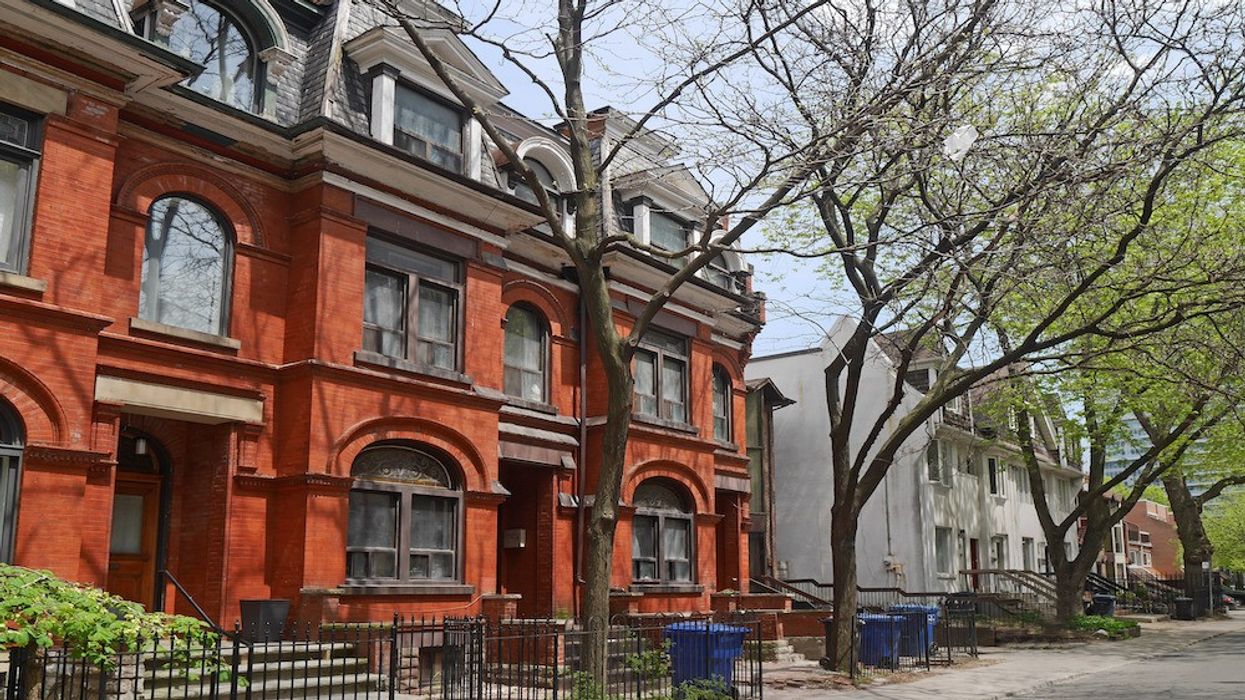Since March, homebuyers and existing mortgage holders have had to absorb 300 basis points-worth of rate hikes, as the Bank of Canada has stoked the cost of borrowing in attempts to rein in inflation. The latest increase was delivered this morning in the form of a 0.75% hike, pulling the Bank’s policy interest rate to 3.25% from 2.5%. As a result, the Prime Rate -- which consumer lenders base their variable-rate product pricing on -- is set to rise to 5.45%.
That’s the steepest rate hike pace since the mid-1990s; and with the central bank alluding to at least one more increase this year, how are consumers grappling with these increased costs?
“There was a lot of speculation on whether this would be another supersized rate increase. And we did see a rate increase as expected, but for me, this is not the last rate increase, it’s very clear there is a commitment to more,” said Allison Van Rooijen, Meridian Credit Union's Vice President of Consumer Credit, to STOREYS. “What I would say is, for borrowers who are really in the middle of this, what I’ll call a ‘rate hike mountain’, so to speak, is that we’re partway up. Borrowers should be planning for what lies ahead just as much as what today’s announcement means.”
Van Rooijen says that while many variable-rate mortgage holders won’t see an immediate change to their monthly payments, they will “see an increase impacting their principal reduction.” For this group, the pain will mostly be felt at renewal time, when it becomes evident how far they’ve veered off their original amortization schedule.
READ: Bank of Canada Hikes By 0.75%, Policy Rate is Now 3.25%
However, this most recent rate hike -- in addition to the surprise 1% increase implemented by the Bank in July -- will push some of these borrowers past their trigger rate threshold, meaning their monthly payments will fail to cover even the interest on their loans. Those customers can expect a phone call from their lender, says Van Rooijen, looking to sort out either a new repayment schedule, extend their amortization, or perhaps arrange for a lump sum payment.
“It really depends on the lender, but borrowers with variable-rate mortgages should feel comfortable to reach out to their lender to understand what these rate implications mean for their mortgage, both today and in the coming months and year,” she says.
And, while fixed-rate borrowers are largely spared the impact of today’s rate hike, reactive bond market activity has steadily pushed those rates higher in recent months, as well, the brunt of which will also be felt when they renew or refinance.
“What I would suggest is those fixed-rate holders that are coming up for renewal in the next one to two years, and are feeling uncomfortable, now is the time they should start stress testing their mortgage and their budget, so use an online calculator and try to understand what your payment could be at renewal, and start planning for it now,” says Van Rooijen.
While many analysts anticipated this month’s hike would be a large “one and done”, the BoC made it clear in its announcement that at least one more increase is on the horizon, writing that “given the outlook for inflation, the Governing Council still judges that the policy interest rate will need to rise further.”
This is likely to pour more cold water on the housing market, which has only begun to show tentative signs of recovery, following lukewarm demand throughout the spring and summer.
“Given the Bank of Canada’s commentary today, Canadians should brace themselves for further rate hikes in 2022 and 2023,” says James Laird, Co-CEO of Ratehub.ca and President of CanWise mortgage lender.
“The Bank seems pleased that rising rates have caused a pullback from the unsustainable growth in the housing market that occurred during the pandemic. This rate increase will put further downward pressure on home prices across the country, which peaked in the first quarter of this year.”
However, serious buyers are “taking it in stride” says Andy Taylor, Senior Vice President - Broker, Sotheby's International Realty Canada, especially for high-demand homes. The buyer group he’s seen most impacted, he tells STOREYS, are newcomers to the market, given older buyers have encountered rates above 5% in the late 2000s. “People who have been in the market are familiar with these rates, and people who are even older, like my parents, remember it at 20%,” he says.
“We’ve gone from having extremely low rates to just low rates. They have increased, but they’re still historically typical.”
He adds that, ultimately cooler demand will lead to a healthier market, with more choice for buyers, and fewer fraught bidding war situations, which were largely responsible for pushing prices to unsustainable highs during the pandemic. In contrast, today’s buyers are much less eager to compete for a property.
“Even though we’re still seeing some properties being listed on the low side and having multiple offers, [we’re] certainly seeing buyers who would rather put in an offer on a property where they’re not competing,” he says. “Buyers are looking at trying to buy more and better value, and we are seeing price changes on listings, so sellers are coming around to the realization that they have to adjust prices. And when property is priced properly to the current market, and it’s good product [it sells].”





















